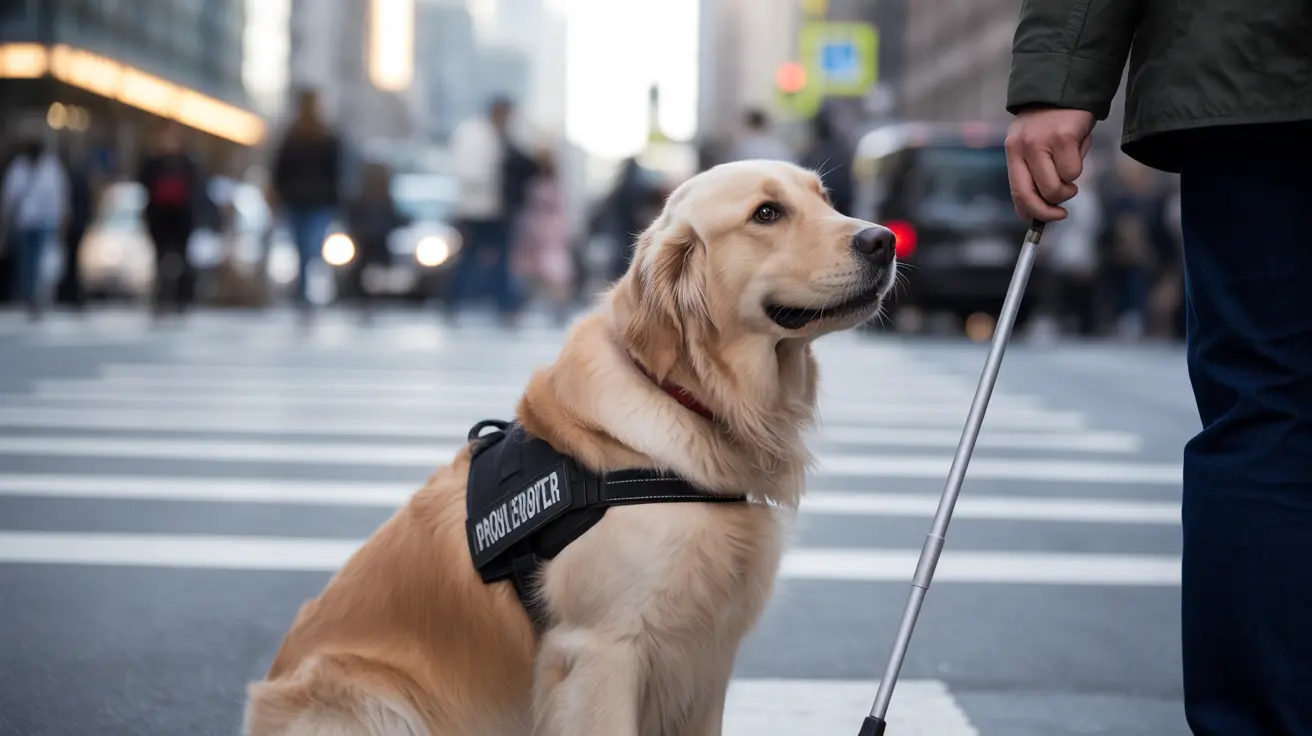For many visually impaired individuals, guide dogs provide invaluable assistance and independence. However, understanding the financial aspects of obtaining and maintaining a guide dog is crucial for potential handlers and their families.
While most guide dogs are provided free of charge to qualified individuals through charitable organizations, the true cost of breeding, training, and supporting these remarkable service animals is substantial. Let's explore the complete cost breakdown and what potential handlers should expect.
The Total Investment in Training a Guide Dog
The comprehensive cost to breed, raise, and train a single guide dog typically ranges from $40,000 to $60,000. This significant investment reflects the intensive training process, which spans 18-24 months and includes specialized instruction, medical care, and professional handler training.
Organizations like Guide Dogs of America and Guide Dogs for the Blind cover these expenses through donations and fundraising efforts, making these invaluable companions available at no cost to qualified individuals.
Monthly Care Costs for Guide Dog Owners
While the initial acquisition may be free, guide dog owners should budget for ongoing care expenses:
- Premium dog food: $30-50 monthly
- Regular veterinary care: $50-200 monthly
- Grooming supplies: $7-20 monthly
- Equipment maintenance: $25-125 as needed
- Pet insurance: $30-50 monthly (recommended)
- Toys and enrichment items: $20-50 monthly
The total monthly maintenance cost typically ranges from $150 to $500, averaging $1,800-6,000 annually.
What's Included in Guide Dog Programs
Most nonprofit guide dog organizations provide:
- Complete training program
- Initial equipment (harness, leash, etc.)
- Thorough handler instruction
- Post-placement support
- Basic veterinary care during training
- Initial supplies package
Financial Assistance and Support Options
Several resources exist to help handlers manage ongoing care costs:
- Veterinary care grants from guide dog organizations
- Local service agency support
- Veterans' assistance programs
- Community fundraising opportunities
- Specialized pet insurance programs
- Tax deductions for service animal expenses
Long-term Considerations and Planning
Guide dogs typically work for 8-10 years before retirement. Handlers should consider both immediate and long-term financial planning, including:
- Emergency veterinary fund
- Retirement care costs
- Potential successor dog timing
- Insurance coverage options
- Equipment replacement costs
Frequently Asked Questions
How much does it cost to train and provide a guide dog?
The total cost to train and provide a guide dog ranges from $40,000 to $60,000, though this is typically covered by charitable organizations and not passed on to the handler.
Are guide dogs free for visually impaired individuals, and what costs do owners typically pay?
Yes, guide dogs are usually provided free of charge to qualified individuals. Owners are generally responsible for ongoing care costs, including food, routine veterinary care, and supplies.
What are the monthly expenses involved in caring for a guide dog?
Monthly expenses typically range from $150 to $500, covering food, veterinary care, grooming supplies, and routine maintenance items.
How long does the guide dog training process take, and how difficult is it for dogs to complete?
The training process takes 18-24 months, and only 30-50% of dogs successfully complete the program due to its rigorous requirements.
What financial assistance options are available for guide dog owners to help with care and veterinary costs?
Financial assistance may be available through guide dog organizations, veterans' programs, local service agencies, and specialized grants. Some organizations also offer ongoing support for veterinary care and supplies.
Understanding the financial commitment of guide dog ownership helps ensure a successful partnership between handler and dog. While the initial investment is substantial, these costs are typically covered by charitable organizations, making these life-changing companions accessible to those who need them most.






